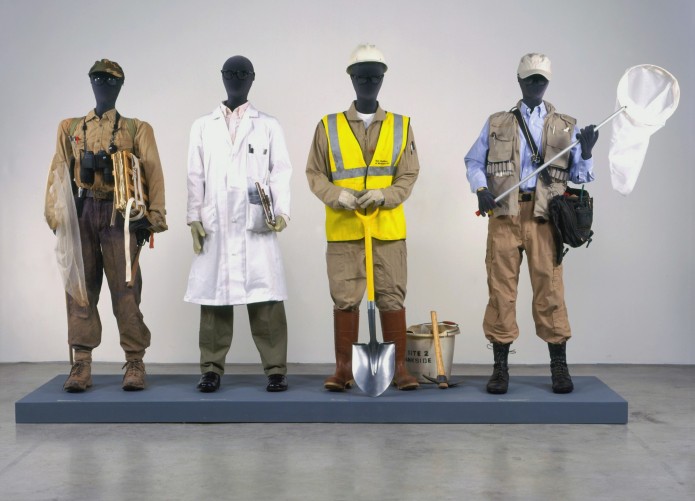 Eugenio Dittborn
Eugenio Dittborn Eugenio Dittborn
Chilean artist Eugenio Dittborn (b. 1943) gained international fame with the Airmail Paintings he has been making since 1983. In large envelopes specially designed for this purpose, Dittborn sends his folded paintings by air mail all over the world. The invention of the Airmail Paintingswas Dittborn’s solution to the challenge of working as an artist in Chile during Augusto Pinochet’s military dictatorship. By disguising his works of art as postal items, Dittborn managed to bypass the bureaucracy and gain visibility in an international art circuit. With his Airmail Paintings, Dittborn is a pioneer who early reflected on the globalization of the (art) world. His paintings are constantly on the move. The frequent journeys and connections that the works enter into with new places constantly enrich and update the Airmail Paintings. The Airmail envelopes designed by Dittborn are an integral part of the works, and provide information about the backgrounds and distances covered by the paintings. In a sense, the thing is not so much to read what is in the Airmail Paintings as to read what the paintings are incessantly doing: traveling, ‘says the artist in his manifesto Roadrunner. ‘The Airmail Paintings arrive, and all eyes are drawn to where they hang outspread on the wall. Then they draw away as departure nears. An Airmail Painting is what is seen between two journeys’.
Dittborn typifies his Airmail Paintings as ‘letters in transit’ or ‘homeless paintings’. He describes his invention of the paintings with their often gigantic formats as a relatively accidental one. He originally made the paintings on large sheets of brown paper, which he folded to a sixteenth of their normal size. The Airmail Paintings changed carriers twice: from 1986 Dittborn used non-woven fabric, which he exchanged for cotton cloth in 1994. The evocative power of Dittborn’s work often lies in the ambivalent ways in which he combines visual motifs. He often uses found footage: photographs from Chilean newspapers from the past fifty years, sports magazines, criminological publications, anthropological and archaeological manuals. In addition, the artist also integrates in his paintings specially made drawings of the most diverse population groups – from children (including his daughter) to schizophrenic patients from the Santiago Psychiatric Hospital. The collaborative nature of many of his works makes Dittborn a pioneer in this field.
He was a participating artist in the group exhibition Costume Bureau at Framer Framed in Amsterdam, curated by Roel Artkestijn, and on show between 10 October to 25 November 2014. Dittborn lives and works in Santiago de Chile.
Exhibitions
